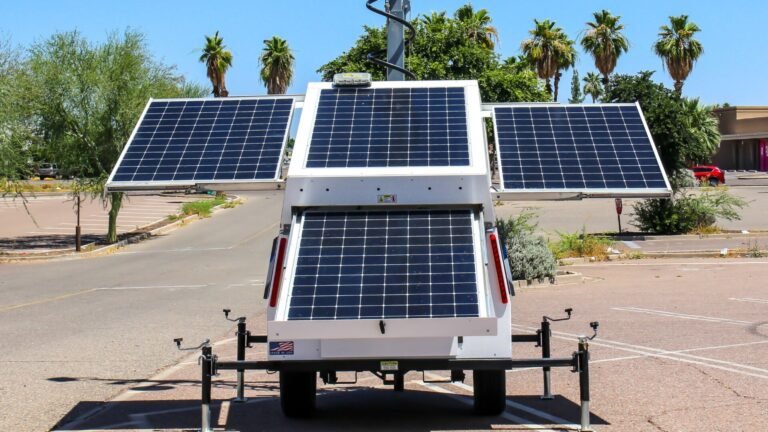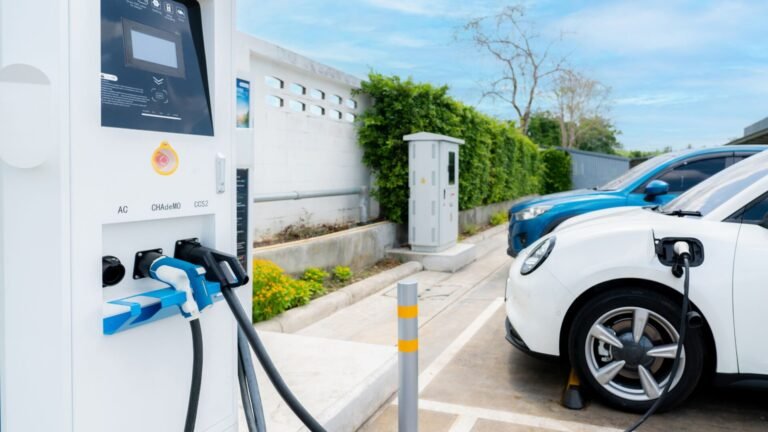The energy landscape is undergoing a seismic shift, with sustainable and renewable energy solutions increasingly becoming the focal point of global energy policies.
At the heart of this transformation is the rapid advancement in solar panel technology, particularly the development and implementation of TOPCon solar panels.
Companies like Tamesol are at the forefront of this revolution, pioneering the advancements that could dictate the pace of global energy transitions.
This in-depth analysis aims to explore the potential impact of TOPCon Solar Panels on the energy sector by the year 2030.
The Ascendancy of TOPCon Technology
TOPCon solar panels represent the next evolution in photovoltaic technology, offering superior efficiency and longevity compared to traditional solar solutions.
Their unique construction reduces electron recombination and enhances energy conversion, setting new benchmarks in solar performance.
The Impact of TOPCon Solar Panels is already being felt across various sectors, reshaping how businesses, governments, and individuals think about energy production and consumption.
Enhanced Efficiency and Lower Costs
By 2030, the increased efficiency of TOPCon solar panels, which are expected to achieve efficiency rates above 24%, is anticipated to lower the cost of solar energy dramatically, making it competitive with, if not cheaper than, fossil fuels.
Current projections indicate that the price of solar electricity could fall to as low as $0.02 per kWh in some regions, a significant reduction from current levels.
This price reduction is predicted to accelerate the adoption of solar energy worldwide, significantly impacting global energy markets and strategies.
The widespread adoption of high-efficiency TOPCon panels, potentially installed in millions of new systems globally, could lead to a drastic reduction in global carbon emissions, estimated at billions of tonnes annually, propelling us closer to achieving international climate goals and a sustainable energy future.
Revolutionizing Energy Grids
The Impact of TOPCon Solar Panels extends to the very structure of energy grids. By 2030, we can anticipate a shift towards more decentralized and resilient energy systems.
Businesses equipped with TOPCon panels will not only meet their energy needs but also contribute surplus energy back to the grid, transforming energy consumers into producers and driving the move towards a more balanced and flexible energy ecosystem.
Driving Sustainable Development
As the adoption of TOPCon solar panels grows, their role in promoting sustainable development becomes increasingly significant.
According to recent studies, the efficiency of TOPCon solar panels can exceed 24%, a notable increase compared to traditional photovoltaic technologies.
This high efficiency ensures that even in remote and underserved regions, where energy infrastructure is minimal, these panels can provide reliable, clean energy.
By 2030, it’s estimated that the widespread implementation of TOPCon technology could contribute to a 30% reduction in energy poverty globally.
Furthermore, these advanced solar solutions can lead to significant improvements in living standards and fuel economic development without exacerbating environmental degradation.
The Impact of TOPCon Solar Panels by 2030 is therefore anticipated to be a pivotal factor in global efforts to eradicate energy poverty while adhering to sustainability principles, supporting the UN’s Sustainable Development Goals, and leading to a reduction in carbon emissions by millions of tons annually.
This transformative potential underlines the critical role that advanced solar technologies play in creating a more equitable and sustainable world.
Impact on Commercial and Industrial Sectors
The commercial and industrial sectors are poised to witness a significant transformation due to the widespread implementation of TOPCon technology.
With energy costs constituting a substantial portion of operational expenses, the enhanced efficiency and reduced costs of TOPCon solar panels could result in considerable savings and increased competitiveness for businesses.
Furthermore, companies embracing this green technology can bolster their corporate image, align with consumer values, and comply with increasingly stringent environmental regulations.
Challenges and Opportunities
Despite the promising outlook, the journey towards widespread TOPCon adoption will not be without challenges.
Issues such as supply chain sustainability, recycling and disposal of solar panels, and the need for technological and infrastructural upgrades pose potential hurdles.
However, these challenges also present opportunities for innovation, policy development, and international collaboration, driving further advancements in solar technology and energy systems.
The Role of Research and Innovation
The future Impact of TOPCon Solar Panels will be heavily influenced by ongoing research and innovation in materials science, manufacturing processes, and system integration.
By 2030, industry forecasts suggest that efficiency rates for TOPCon panels could surpass 30%, a significant leap from current averages of around 24-26%.
This improvement is anticipated due to advancements in nano-coatings and light absorption materials. Moreover, economies of scale and enhanced production techniques are expected to slash manufacturing costs by up to 40%, making solar energy even more competitive with traditional energy sources.
Additionally, new applications, such as integration with building materials and portable devices, could broaden the scope of TOPCon technology usage, solidifying its status as a key player in the green energy transition.
This wave of innovation, powered by increased investment – which saw a global surge to $300 billion in renewable technologies in recent years – ensures TOPCon’s prominent position in the future energy landscape.
Policy and Market Dynamics
The global shift towards renewable energy, spurred by the urgent need to address climate change, is likely to result in favorable policies and market conditions for the growth of TOPCon technology.
Government incentives, coupled with increasing investor interest in green technologies, could significantly influence the adoption rates and Impact of TOPCon Solar Panels in the years leading up to 2030.
Conclusion: Envisioning a Brighter, Greener Future
As we look towards 2030, the potential Impact of TOPCon Solar Panels on the global energy landscape is undeniable.
With companies like Tamesol leading the charge, the future of solar energy looks brighter than ever, promising a world where clean, efficient, and affordable energy is accessible to all.
As we continue to innovate and adapt, the dream of a sustainable, carbon-neutral future becomes increasingly attainable, with TOPCon solar panels playing a crucial role in this transformative journey.
In conclusion, the journey toward a sustainable energy future is multifaceted and complex, yet the emergence and integration of TOPCon technology represent a beacon of hope and progress.
The Impact of TOPCon Solar Panels by 2030 will likely be monumental, reshaping not just energy markets but societal norms and environmental practices.
As we stand on the brink of this new era, guided by pioneers like Tamesol, it is clear that the decisions we make today will echo through the decades, paving the way





